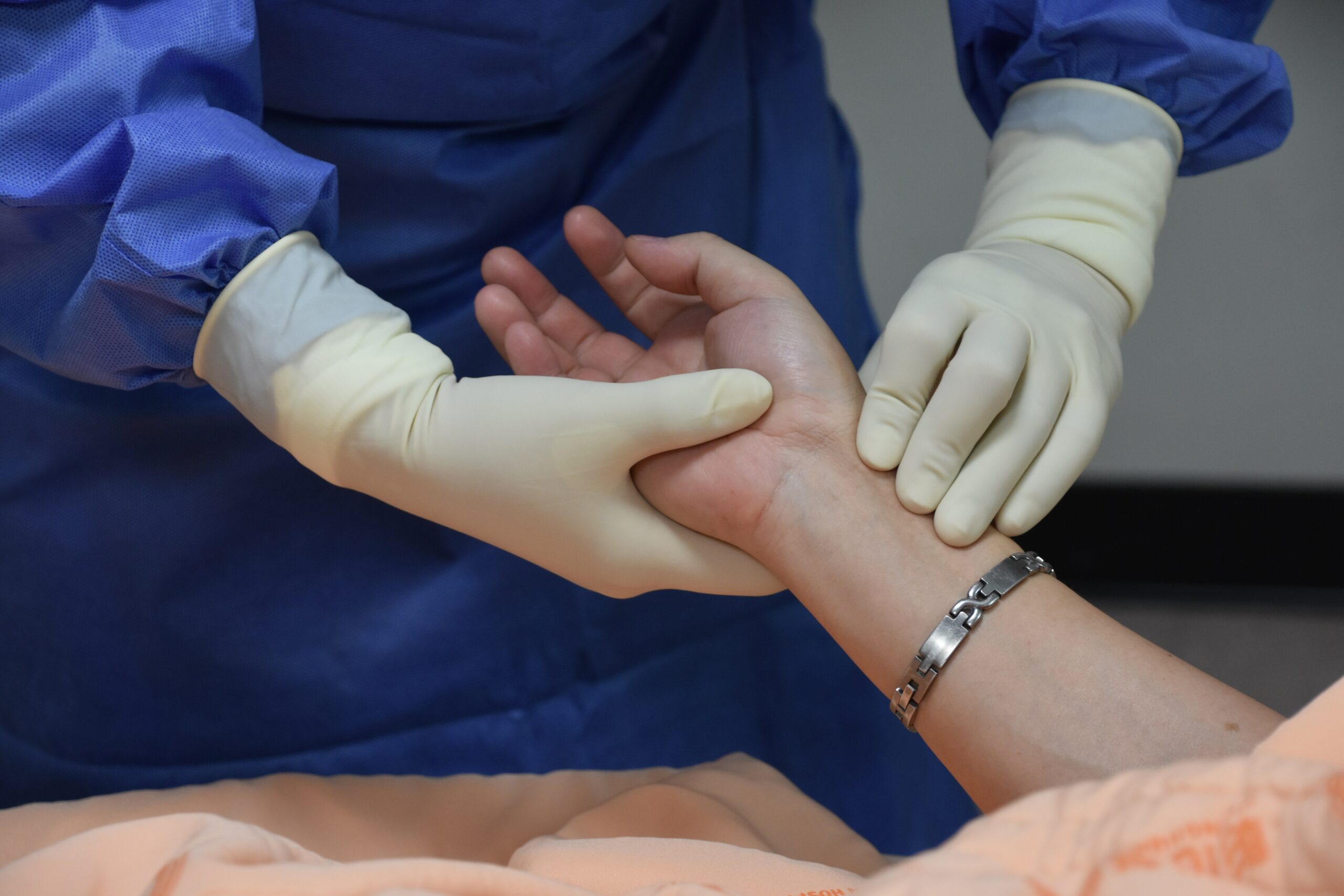Did you know that within the rhythmic pulsations of your wrist lies a hidden treasure trove of health information? Pulse diagnosis, an ancient practice dating back centuries, holds the key to unveiling the mysteries of your well-being. Many traditional medical systems worldwide actively use this fascinating diagnostic method to gather information about your body’s energetic balance. Prepare to embark on a journey where the science of touch meets the art of healing.
Read on to learn about pulse diagnosis, its fascinating origins, and its profound impact on holistic healthcare.
What Is Pulse Diagnosis?
Pulse diagnosis, also known as Nadi Pariksha or Nadi Vigyan, is a diagnostic technique used in various traditional medical systems, such as Traditional Chinese Medicine (TCM), Ayurveda, and Tibetan medicine. Practitioners of these systems believe that the pulse contains valuable information about a person’s health. By carefully examining the qualities of the pulse, such as rhythm, speed, strength, and depth, a trained practitioner can detect imbalances or abnormalities in different organs and systems throughout the body.
The Art and Science Behind Pulse Diagnosis
Pulse diagnosis is both an art and a science. It requires skill, experience, and intuition on the practitioner’s part. When conducting a pulse examination, the practitioner places their fingertips on specific pulse points on the wrist, feeling for subtle variations in the pulse characteristics. These variations are then interpreted concerning particular organ systems, allowing the practitioner to identify potential underlying health issues.
Each traditional medical system has a unique approach to pulse diagnosis. In TCM, for example, practitioners analyze twelve pulse positions on each wrist, each corresponding to a different organ and meridian pathway. They consider strength, speed, depth, width, and rhythm. On the other hand, Ayurvedic pulse diagnosis involves examining the radial pulse at the wrist and categorizing it into different patterns based on the three doshas (Vata, Pitta, and Kapha).
Benefits and Applications
Pulse diagnosis offers a wide range of benefits and applications in the realm of holistic healthcare. By providing insights into the body’s energetic balance, it serves as a powerful tool for understanding and addressing underlying health issues.
Some key benefits of pulse diagnosis include the following:
Early Detection and Prevention
Pulse diagnosis can detect imbalances in the body before they manifest as physical symptoms. By identifying these imbalances early on, practitioners can take preventive measures and guide patients toward maintaining optimal health.
Personalized Treatment Plans
Each person’s pulse is unique, reflecting their individual constitution and health status. Pulse diagnosis allows practitioners to tailor treatment plans specific to the needs of the individual, considering their specific imbalances and energetic patterns.
Monitoring Progress
Pulse diagnosis provides an ongoing assessment tool throughout the course of treatment. Practitioners can track changes in pulse characteristics to gauge the effectiveness of interventions, make adjustments as necessary, and ensure progress toward optimal health.
Non-Invasive and Cost-Effective
Pulse diagnosis is a non-invasive technique that does not rely on expensive equipment or laboratory tests. This makes it accessible and cost-effective for patients seeking holistic care.
Discover the extraordinary world of pulse diagnosis at Natural Life Acupuncture and Wellness. Our highly skilled practitioners combine ancient wisdom with modern expertise to provide personalized, holistic care. Unveil the secrets that a pulse diagnosis holds for your well-being and embark on a transformative journey toward optimal health. Schedule an appointment today and experience the power of pulse diagnosis in unlocking your body’s inner wisdom.

